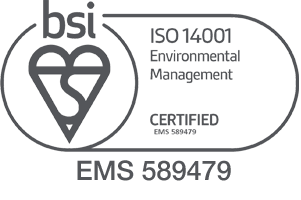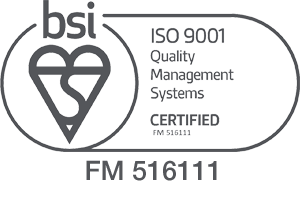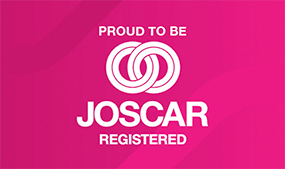
16/04/2025
The challenges of implementing an MCI triage system in the ambulance service
Ambulance services frequently find themselves on the frontline of pre-hospital triage during multiple casualty incidents (MCIs). Successful MCI management often hinges on the tools and training available to paramedics, and how well they are able to prioritise the treatment and transport of casualties at the MCI site. Unfortunately, for many ambulance services, it can be challenging to ensure the appropriate distribution of equipment and training to implement a comprehensive MCI triage system, and it can also be difficult to procure the necessary tools and make them accessible during an MCI. This article will look at the main challenges faced by ambulance services and potential ways they can be addressed.
Challenge one: resource allocation and availability
A major challenge for ambulance crews in MCI situations is the limited availability of some tools and medical resources. As MCIs are (mercifully) infrequent, not all ambulances and personnel are equipped with the necessary tools at all times. Finding time for training in MCI triage systems and equipment can also be a challenge for busy ambulance crews due to the demanding schedules of emergency medical personnel. This can lead to a lack of familiarity and comfort with triage tools, which could hinder their effective implementation during an MCI. For this reason, a versatile triage system is sometimes preferred by ambulance crews to a specialist MCI system. This enables the triage system of choice to be used regularly in order to build up familiarity – e.g. when only a handful of casualties are present without an official MCI being declared. This helps to embed the required knowledge and skills in your team. MCI triage tools should also, ideally, be compact enough to be conveniently carried within a paramedic’s standard resource and equipment bag, without impacting the space available for more regularly used tools.
Challenge two: maintaining triage accuracy under pressure
Triage in high stress MCI situations is always prone to human error, as responders must make rapid decisions with limited time and information, and often under considerable stress. Environmental factors such as noise, poor visibility, active risk factors and hazardous conditions can also complicate accurate assessment and increase the risk of misclassification of patients. Any effective MCI triage system must, therefore, be straightforward to use, consistent in its results, and simple enough to be used under high stress conditions without mistakes. For paramedics, for instance, transitioning from one flowchart to another, such as from Sieve to Sort, can be time-consuming and confusing, leading to inconsistencies and potentially impacting patient outcomes. A more streamlined system, such as Ten Second Triage (TST) can be a good first-pass solution for ambulance crews, allowing rapid casualty management and resource allocation while giving time for more detailed triage to be carried out at hospitals or casualty evacuation/treatment centres away from the MCI site.
Challenge three: operational complexity
MCI sites are often chaotic and rapidly changing, with evolving dynamics as new patients are discovered or conditions evolve. Multiple agencies are also involved in an MCI, including ambulance teams alongside police officers, firefighters, and other personnel. Adapting to these changes while still maintaining an organised triage process can be a constant challenge. Determining the most efficient evacuation, treatment, or transport plans under these circumstances can also add another layer of operational strain and complexity. An ideal MCI triage system should facilitate a united response among different first response teams, and be usable by different stakeholders in the system, from the ambulance to the hospital and beyond. This includes, of course, first response personnel without extensive specialist medical training, such as police officers, who are often the first people to arrive on an MCI site.
Next steps
Get in touch with one of the specialists at TSG today to discuss how our ambulance triage equipment can enhance the efficiency and effectiveness of your paramedics and first response teams.
Image Source: Canva




%202.png)







